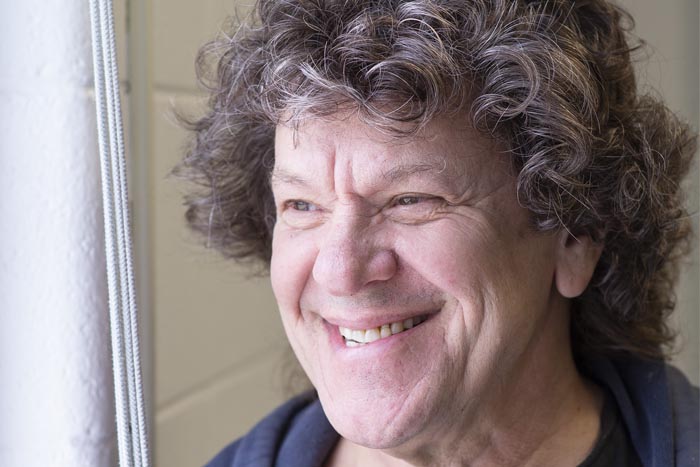The original Woodstock Music and Arts Festival almost never happened. From changes in mass gathering policies requiring a change of venue to epic traffic jams, Woodstock experienced some seemingly insurmountable problems. Under different circumstances, this festival would have been canceled.
The Road to Woodstock details the plight of one man who used his super powers to overcome these struggles and put on the biggest mass gathering ever at the time. Michael Lang’s abilities as a negotiator and communicator enabled him to bring a sense of calm to almost any chaotic event. The concept behind Woodstock was entirely Lang’s vision. He knew that if conditions were right, a beautiful, peaceful festival would grow. Lang’s perseverance through extreme adversity is unfathomable, and the cornerstone of the Woodstock Festival. More recently, Lang has encountered similar problems for the Woodstock 50 festival, but continues to engage his talents in an effort to make this festival happen.

Lang’s skills as a master communicator and negotiator started at a young age. While in school at NYU, he dropped out, moved to Miami and opened a head shop in Coconut Grove. This store was under constant scrutiny and police busts, but was never shut down by the authorities. He was able to put on the 1968 Miami Pop Festival in three weeks time based on his negotiating abilities.
These skills later enabled him to turn the powerful Billy Graham from a competitor into a team member, when Graham threatened to pull the plug on Woodstock. He also convinced Max Yasgur to have the festival on his farm. Max’s wife Miriam commented, “It takes Michael about 20 minutes to charm you.” As the preparations at Max’s farm proceeded, Lang was able to recruit almost every able bodied person to help build the festival and provide goods and services. Lang also stopped gunfights and kept everyone who was owed money from insisting violence.
In addition to being a master communicator, peacekeeper and negotiator, Lang was the visionary behind Woodstock. He could feel the peaceful vibe and knew a large mass gathering centered around music and arts would be successful. A random call from a Bethel resident led Lang to Max’s farm. He saw the bowl and knew this was the place.
He had the vision to know that a police presence was needed, but in a peaceful way. Security was handled by unarmed NYC police officers and The Hog Farm, the longest running hippy commune based in California, founded by activist Wavy Gravy. They convinced Lang to let them build a free kitchen, which was always stocked for people who are hungry. Lang made it clear that people who aren’t hungry or thirsty are happier and less prone to fighting. This was unconventional thinking at that time, but Lang was right. Who knew granola equaled crowd control? The sentiment continued at Woodstock ’99. When Lang found out water was four dollars per bottle, he ordered a truck load of it to be distributed for free.
Lang’s visionary skills were accompanied by an unwillingness to give up on this vision. The two sites prior to Bethel did not want the festival to happen. Saugerties never approved anything, but Wallkill did. As the authorities realized the festival’s intentions, extreme county laws were passed requiring a sign off from the town sanitary inspector to the State Department of Transportation. These requirements were insurmountable in the time remaining before the festival. Rather than give up, he immediately started looking for a new site. He knew all money invested in Wallkill was lost, but that didn’t matter in the grand scheme.
Lang’s ‘never give up’ attitude has stayed with him into 2019 for the 50th anniversary Woodstock Festival. Lang has struggled to secure permits at Watkins Glen. This led to his sponsor, Dentsu Aegis Network, backing out and officially “cancelling” the festival. A judge ruled that Dentsu Aegis Network had no right to cancel, and thus, preparations continue.
The Road to Woodstock paints a rosy picture behind the man who broke social barriers to bring about a festival that many believed wasn’t possible. He opened the door for our beloved modern festivals and showed the world how to embrace the growing youth counter culture. And he’s still continuing to use his skills to bring music to the masses in 2019.


Comments are closed.